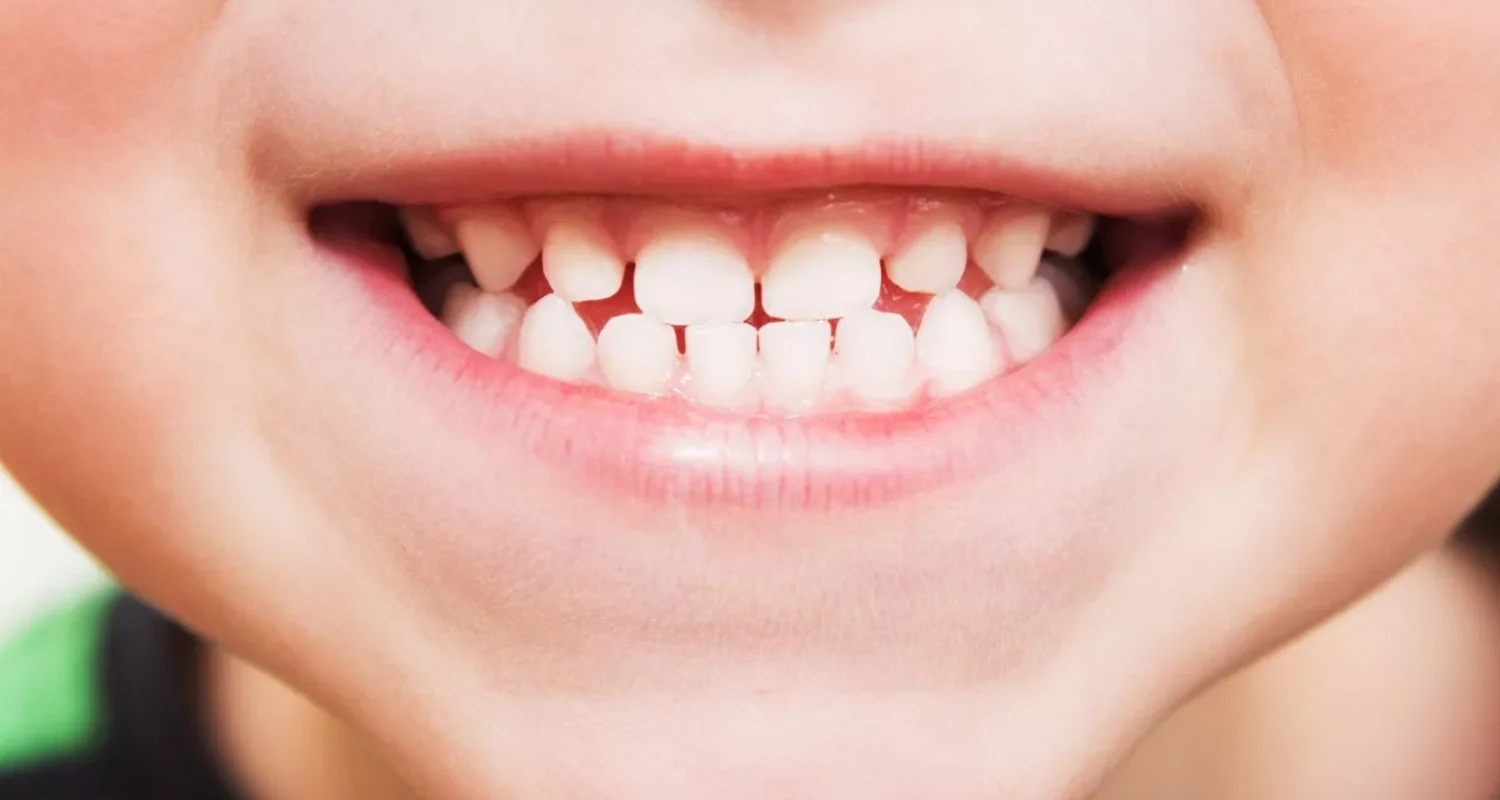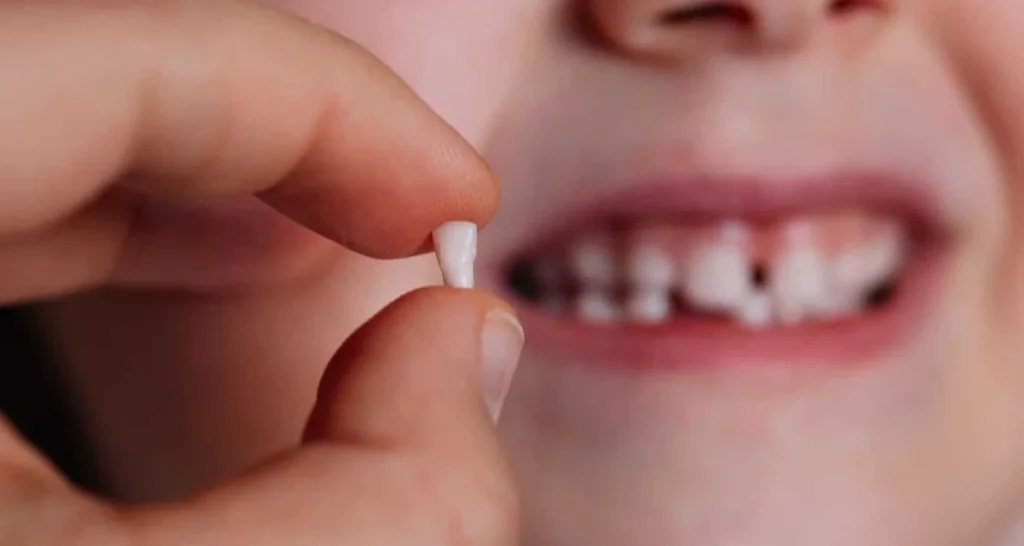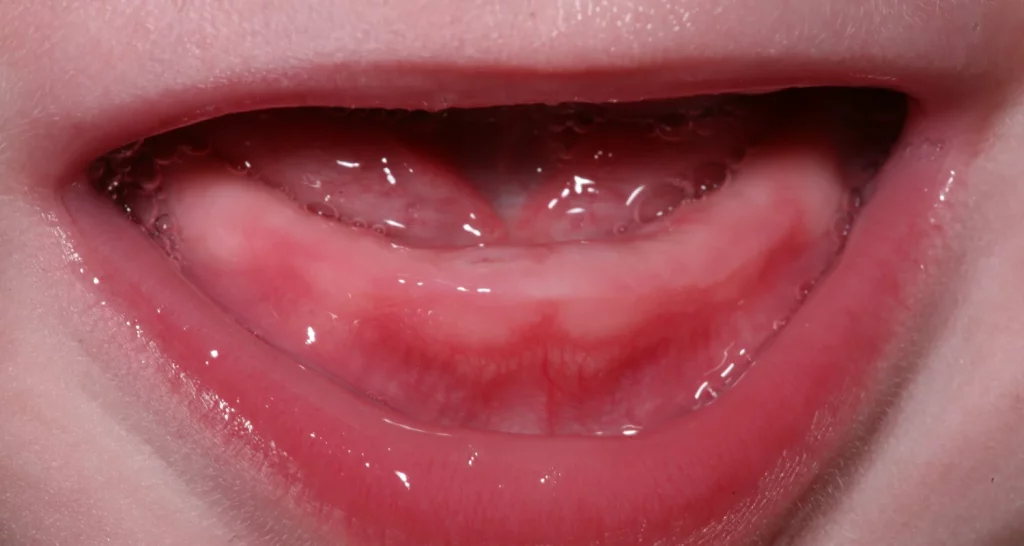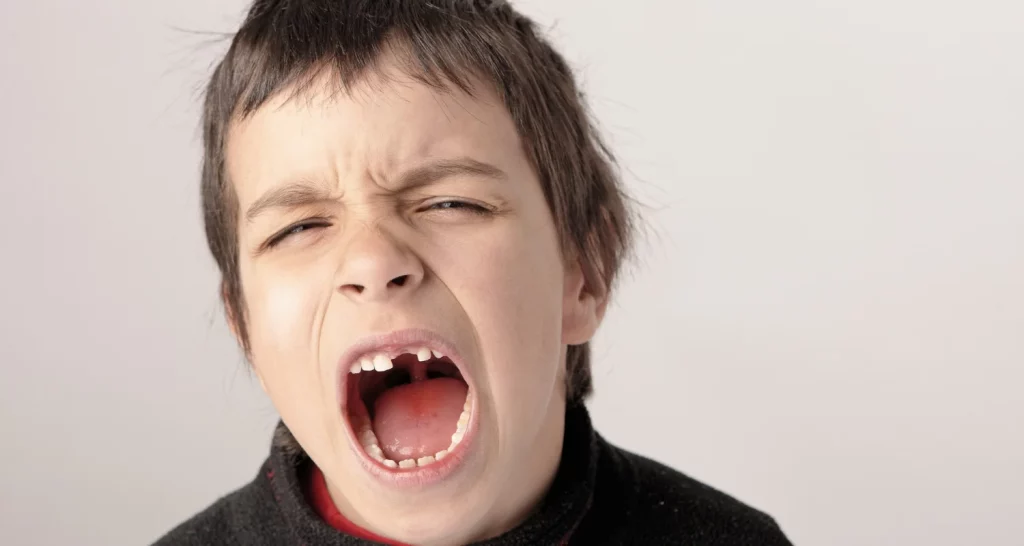Last Updated on: 12th December 2025, 07:20 am
Importance of Teeth Development in Children
Baby teeth, beyond providing a charming smile in children, play a major role in their healthy development. These first teeth are not only essential for chewing and speech development, but they are fundamental to the child’s overall health. Additionally, baby teeth set the location of the permanent teeth that will emerge later.
Development and Care of Milk Teeth
The process of dental development begins early, even before the birth of the child. Starting at six weeks of gestation, the basic structures of the teeth are formed in the fetus. During this period, it is crucial for the mother to maintain adequate nutrition – rich in calcium, phosphorus, vitamins C and D – and avoid medications such as tetracycline to prevent the discoloration of the baby teeth.
Later, around three to four months of pregnancy, the hard tissue forms. After birth, the baby teeth begin to emerge from the gums, a process that continues throughout the child’s first years of life. Eventually, these primary teeth fall out to make way for permanent teeth.
Generally, newborns already have dental “buds” located under the gums, embedded in the underlying bone. They are the precursors of the 20 baby teeth that will eventually erupt and develop progressively.
Structure of the Tooth
Each tooth is made up of four main parts:
1. Dental enamel: It is the outermost layer of the tooth and the hardest material in the human body.
2. Dentine: Located under the enamel, it is the main layer of the tooth and makes up the majority of the dental tissue.
3. Pulp: It is located inside the tooth, contains nerves, and is responsible for producing dentin.
4. Root: Anchors the tooth firmly in the jaw.
What is Teething?
Teething is the process in which a baby’s first teeth emerge through the gums, a milestone that can be challenging for both the little one and their parents. Understanding what to expect during this period and how to alleviate discomfort can make the experience bearable for everyone.
Beginning of Teething: When Do the First Teeth Appear?
The appearance of the first teeth can vary, usually starting between 4 and 7 months of age; although in some cases it can begin as early as 3 months. The lower central incisors are usually the first to appear, followed by the upper central and lateral incisors in the subsequent weeks. Subsequently, the lower lateral incisors and then the baby molars and upper canines complete the first teeth, which are usually developed around three years of age. It is important to consult your pediatrician if your child’s dental progress seems to be significantly delayed.
Signs and Symptoms of Teething
During the teething stage, it is common to observe an increase in saliva production and a greater tendency to bite objects. This behavior is a natural response to relieve pressure on the gums that occurs when the new teeth erupt. Although some children go through this process with little discomfort, it is not unusual for others to experience periods of irritability, changes in sleep patterns, and alterations in their diet.
Here are some key points to keep in mind:
1. Increased saliva and need to bite:
Babies tend to drool more and seek to bite objects to relieve pressure on their gums.
2. Varied reactions in children:
● Some children experience little or no discomfort.
● Others may show irritability, changes in sleep patterns, and eating disorders.
3. Visible symptoms in the gums:
● Swelling and redness of the gums before the tooth appears.
● Sometimes a small bruise forms on the gum, which is generally not worrisome.
4. Fever and other symptoms:
● A slight increase in temperature may be normal.
● High fevers and diarrhea are not typical and require medical attention.
5. Variability in the teething experience:
● Some children go through teething without obvious signs.
● Others may be more restless, tearful, and drool more than usual.
Recommendations for Parents
While some children who go through teething without showing obvious signs of discomfort [ surprising parents when they discover “something scratchy” on the gum – others may be more restless, tearful and drool more than usual.
It is essential for parents and caregivers to be aware of teething symptoms and when it is necessary to seek medical assistance:
● Careful observation: Be attentive to changes in the baby’s behavior and sleeping and eating habits.
● Medical consultations: If the baby has a high fever or shows signs of illness during teething, a pediatrician should be consulted to rule out other causes.
● Dentition management: Providing safe teethers and gently massaging the gums can relieve any discomfort.
Teething is a natural process that varies for each child. Understanding and properly managing symptoms will ensure that this stage of development is as comfortable as possible for both the baby and their parents.
Chronology of the Appearance of Baby Teeth
Although there is individual variability, baby teeth usually begin to appear between 6 and 12 months, completing the majority of the primary teeth by 33 months. A general pattern begins with the lower central incisors, followed by the upper incisors, molars, lower lateral incisors, canines and finally the secondary molars. The upper teeth tend to follow the lower teeth by a month or two. The specific sequence and timing may vary, but if there is a significant delay, it is advisable to consult with a pediatric dentist to verify proper tooth development.
Step by Step of the Second Stage in Dental Development: The Eruption of the Teeth
1. Definition of eruption: Tooth eruption refers to the process in which the tooth breaks through the gum to emerge outside. In babies, this process is commonly known as teething.
2. Variability in eruption time: keep in mind that the exact timing of tooth eruption varies between each child.
3. Order of eruption of teeth:
● Lower central incisors: The first to erupt, generally between 6 and 10 months.
● Upper central incisors: They continue later, emerging between 8 and 13 months.
● Lateral incisors: Located next to the central incisors, they erupt in both the upper and lower jaws between 8 and 16 months, usually starting with the lower jaw.
● First set of molars: These appear both in the upper and lower part of the mouth between 13 and 19 months.
● Canine teeth or “fangs”: They are located next to the lateral incisors, erupting between 16 and 23 months.
● Second set of molars: They finally emerge between 25 and 33 months.
4. Diversity in the teething process: There is no cause for alarm if your child follows a different tooth eruption pattern. Some children start teething as early as 4 or 7 months, while others can take up to a year. There are even cases of babies who are born with one or two teeth.
5. Genetic influence: If you or your partner had early teething, chances are your child will too.
6. Consultation with a pediatric dentist: According to the American Academy of Pediatrics (AAP), it is advisable to take your child to a pediatric dentist if his or her first tooth has not erupted by 18 months. The normal range for the appearance of the first tooth is between 4 and 15 months.
7. Importance of dental care: Maintaining proper dental hygiene is crucial. Baby teeth affected by cavities or gum disease can damage underlying permanent teeth. Additionally, baby teeth are essential for healthy gum and jaw bone development; problems with them can negatively impact a child’s eating habits and learning.
Conclusion
Understanding and caring for baby teeth is crucial to a child’s future dental health. From the mother’s nutrition during pregnancy to the monitoring and care of baby teeth, each stage is important to ensure good dental hygiene and minimize future problems. Therefore, it is essential to instill good oral hygiene habits from an early age.
Observing teething as a natural stage of growth will help manage it with patience and care. Although the experience varies from child to child, understanding the signs, symptoms, and typical course of teething allows parents to support their children through the process.
As parents or caregivers, it is essential to be attentive to signs of discomfort in children and act with caution, especially if symptoms that are not common during teething occur, such as high fevers or poor general health. Remember that regular visits to the dentist are essential to ensure healthy dental development in your little one.
Frequently Asked Questions
What is the age at which teething usually begins?
While it is possible for some babies to begin teething as early as 3 months of age, it is more common for the first tooth to appear between 4 and 7 months. Generally, the first to emerge are the lower central incisors, that is, the two front teeth at the bottom of the mouth.
What are the key stages in childhood dental development?
Most children are expected to complete their primary dentition, that is, have all their baby teeth, by the time they reach three years of age, although in some cases this process may take a little longer. It is normal for some babies to start showing signs of teething between 12 and 18 months. However, if there is concern that a child is not reaching these dental development milestones in the expected time, it is recommended to consult with a pediatric dentist.
The evolutionary process of children's teeth
The life cycle of teeth in children begins with the loss of primary teeth, or baby teeth, around 6 years of age, generally starting with the central incisors. Subsequently, the first permanent molars appear. This process culminates with the loss of the last baby tooth, which is usually the cusp or second molar, at approximately 12 years of age.
What are the reasons why an 8-month-old baby does not yet develop teeth?
A slight delay in the appearance of the first teeth should not cause concern. Several factors can influence a delay in teething, including premature birth, low birth weight, nutritional deficiencies or genetic factors. In addition, certain syndromes, developmental disorders or endocrine problems can affect tooth eruption. If by the time your baby is one year old, he or she has not yet developed baby teeth, it is advisable to consult a pediatric dentist.
Share:
References
1. Better Health Channel. (Aug, 2023). Teeth development in children.Department of Health, State Government of Victoria. https://www.betterhealth.vic.gov.au/health/conditionsandtreatments/teeth-development-in-children
2. Stanford medicine children’s health. (n/f). Anatomy and Development of the Mouth and Teeth. https://www.stanfordchildrens.org/en/topic/default?id=anatomy-and-development-of-the-mouth-and-teeth-90-P01872
3. Nemours Children’s Health (Jan, 2018). Teething Tots. https://kidshealth.org/en/parents/teething.html
4. Nemours Children’s Health. (Jan 2023). Your Teeth. https://kidshealth.org/en/kids/teeth.html
5. Dina DiMaggio, MD, FAAP, Julie Cernigliaro, DMD. (Nov, 2020). Healthychildren org. American Academy of Pediatrics. https://www.healthychildren.org/Spanish/ages-stages/baby/teething-tooth-care/Paginas/babys-first-tooth-facts-parents-should-know.aspx
6. The Johns Hopkins Medicine. (n/f). Anatomy and Development of the Mouth and Teeth. https://www.hopkinsmedicine.org/health/wellness-and-prevention/anatomy-and-development-of-the-mouth-and-teeth
-
Nayibe Cubillos M. [Author]
Pharmaceutical Chemestry |Pharmaceutical Process Management | Pharmaceutical Care | Pharmaceutical Services Audit | Pharmaceutical Services Process Consulting | Content Project Manager | SEO Knowledge | Content Writer | Leadership | Scrum Master
View all posts
A healthcare writer with a solid background in pharmaceutical chemistry and a thorough understanding of Colombian regulatory processes and comprehensive sector management, she has significant experience coordinating and leading multidisciplina...




















